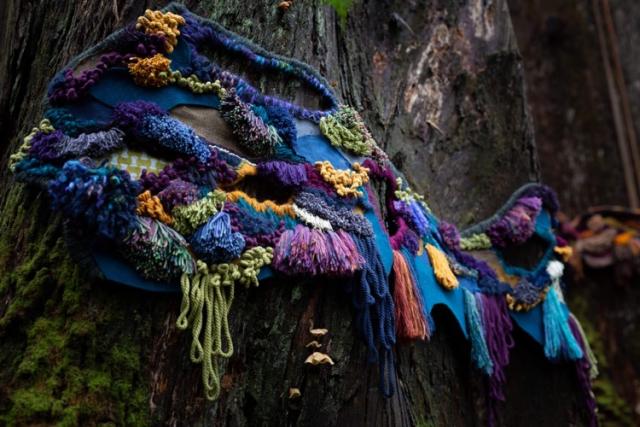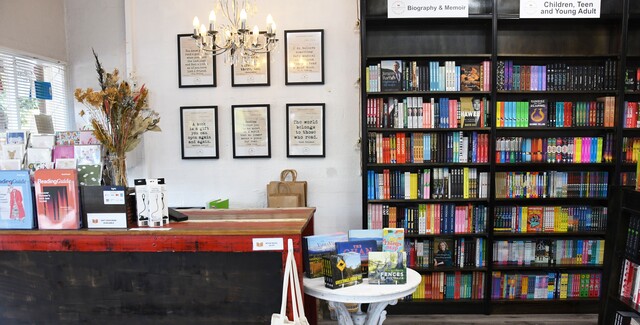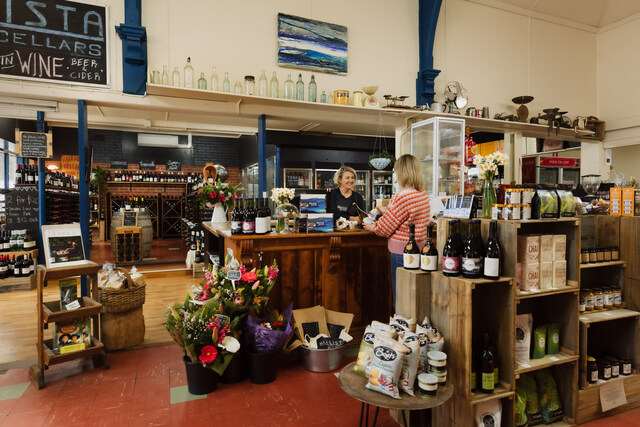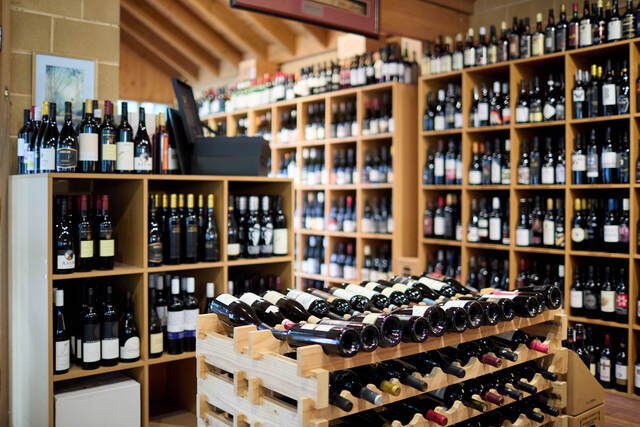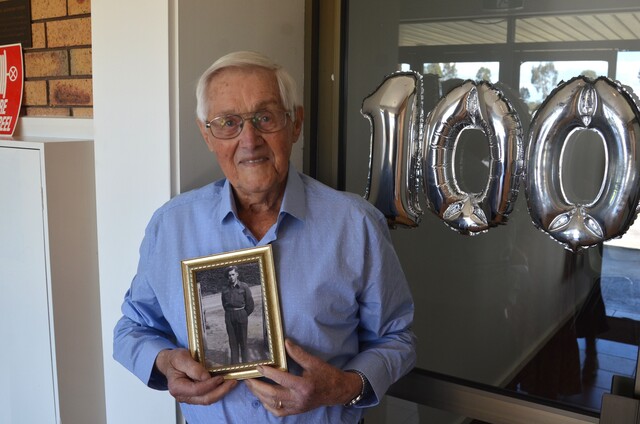Yarra Ranges shared in collective grief for the loss of the landscape when 25,000 trees were lost in the June 2021 storm.
It’s a loss artists Bronwyn Ward and Kerri Hollingsworth have teamed up to convey in their new exhibition ‘Spaces In Between’ at Burrinja Cultural Centre’s art gallery.
Fibre sculptures, woven, latch hooked and wound into sculptures are installed in the gallery and are meant to hold and protect the memory of the trees lost.
“The biggest ones are about two and a half meters long, and there’s just literally hundreds and hundreds of hours work in each one of creating these sculptures out of recycled textiles and beautiful wools and things, and so we took those, when they were finished, we took them into the forest at monbulk. And we wrapped them around the living trees, and we photographed them. And those are a projection in the gallery. And what that represented for us was, though, was the story of hope. And that although we are honoring the loss of these 25,000 trees, that actually having those images of the living forest is really trying to tell that story of we still have trees left, we need to really look after what we have left’
we need to do that as a community by being more prepared for a future disaster. And we need to be working together to mitigate the risks of climate change, and the impacts of climate change for our community so that we can protect what’s left in the forest now
In the gallery, the sculptures are hovering from the ceiling wrapped around bark, resembling ghosts.
A set of works made with the community in Mount Evelyn in February this year has also been incorporated into the exhibit as a community weave as part of a Yarra Ranges Council’s Art Attack program.
“I’m hoping people will take the time to walk around them, look at all the intricacy that we’ve put into these these pieces, and perhaps take some time to reflect on their own lived experiences that storm or their own lived experiences of, of, you know, different traumas or impacts as well,” Bronwyn said.
“It’s a really essential part of how a community processes what’s happened and make sense of what their experiences are, and finds new ways to not just to recover, but to also redefine who they are as a community and help with the development of that sense of community identity, so they’re not defined by that disaster, but they’re able to move through that that process to be better prepared and stronger.”
It was Kerri’s first time working in a community recovery space.
“It was quite a deeply emotional sort of meaning in different ways. But it was very intriguing and very eye opening working in creative recovery. After we had that first meet up, we worked on the concept a little bit and it’s actually something that really organically grew as we started working on the actual structures [which] came to life and was great.”
The exhibition will be open until 30 August.


